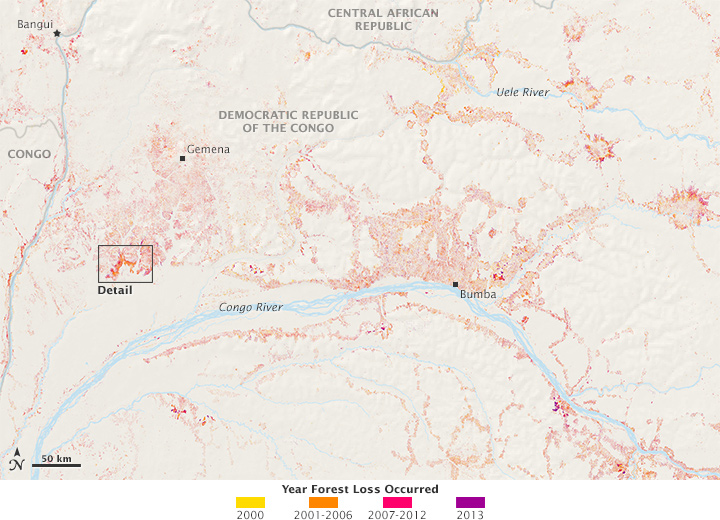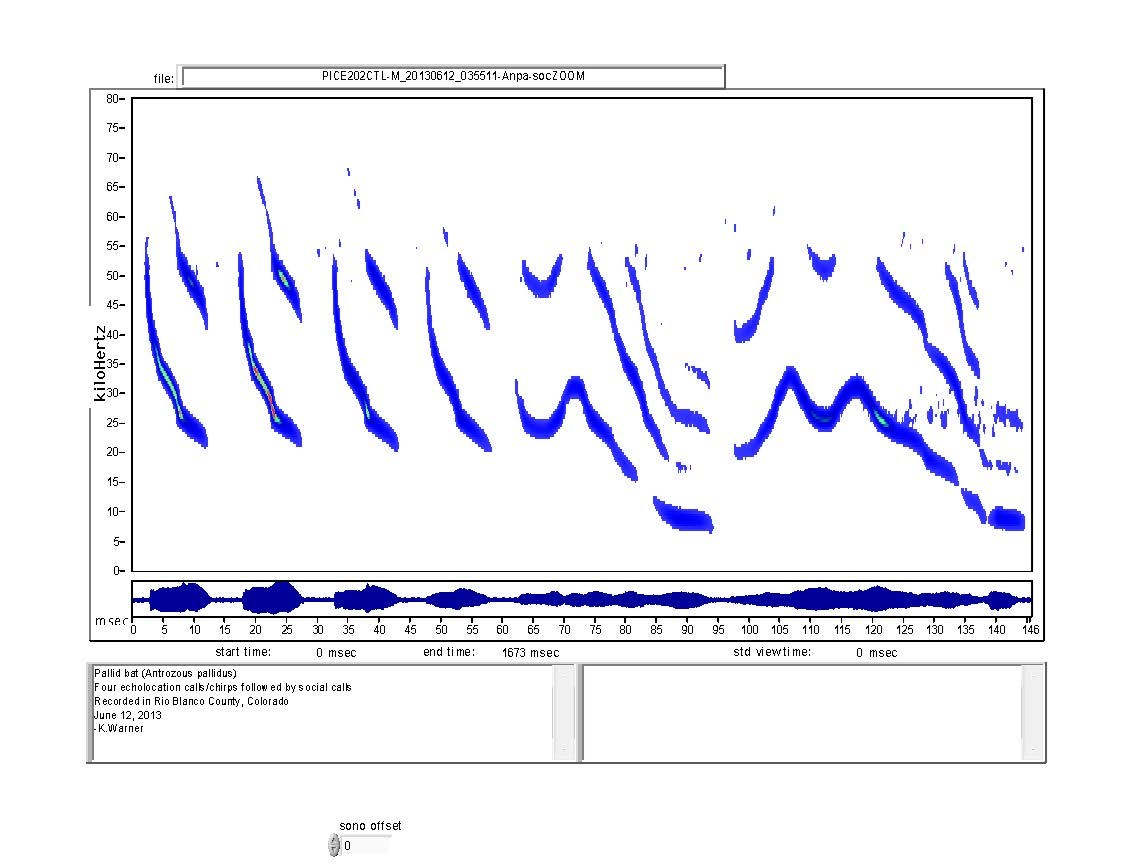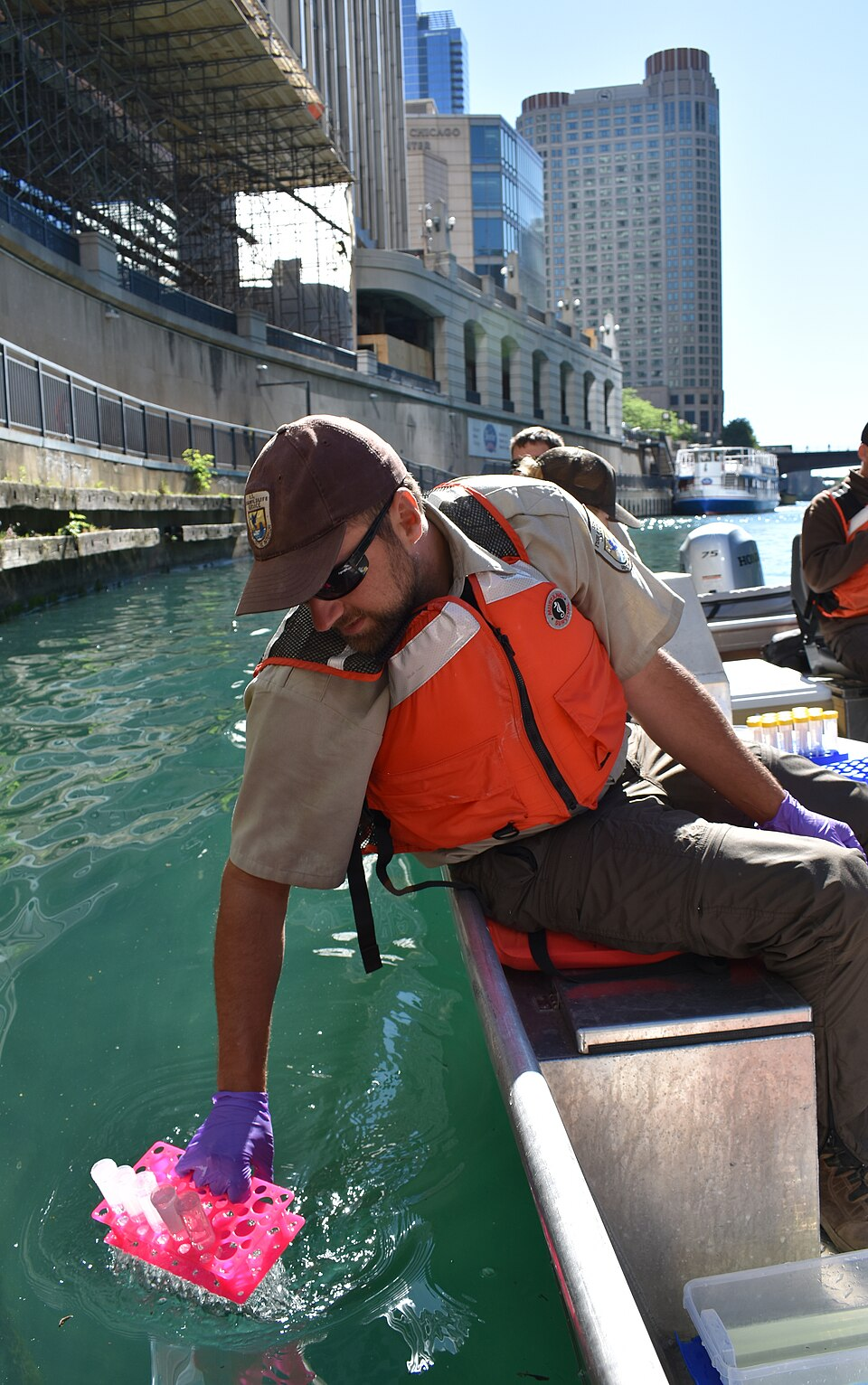IB Syllabus focus:
‘Biodiversity data guide effective strategies, gathered via citizen science, indigenous training, and government/NGO programmes at local and regional scales.’
Monitoring biodiversity provides the foundation for conservation by generating data on species, habitats, and genetic diversity. Effective monitoring helps design strategies to protect ecosystems and sustain resilience.
Importance of Monitoring Biodiversity
Monitoring biodiversity is essential because it supplies evidence-based data to inform management decisions, track ecological health, and detect early signs of decline. Without accurate data, conservation efforts risk being misdirected or ineffective.
Biodiversity monitoring also allows comparisons across spatial and temporal scales, ensuring that progress can be measured and policies adjusted when necessary. The data collected help governments, NGOs, and communities prioritise resources and adapt strategies.
Components of Biodiversity Monitoring
Habitat-Level Monitoring
Habitat-level monitoring examines the quality, quantity, and distribution of ecosystems. This can involve mapping forest cover, wetlands, coral reefs, or grasslands. Satellite imagery and remote sensing are often used for broad-scale monitoring.

Landsat-derived map of forest loss (2000–2013) near the Congo River, with a legend indicating the year canopy was removed—illustrating how remote sensing quantifies habitat change for conservation planning and enforcement. While the example is from Central Africa, the same approach is used globally. Source.
Species-Level Monitoring
Species monitoring focuses on population size, distribution, and abundance of key species. It is especially important for endangered species where trends can indicate vulnerability or recovery. Birds, amphibians, and large mammals are common targets because they are sensitive to environmental change.
Genetic-Level Monitoring
Genetic monitoring examines the variation within species populations. High genetic diversity increases adaptability to environmental changes, while reduced diversity signals vulnerability. Advances in DNA sequencing allow non-invasive methods, such as collecting hair or faecal samples, to assess genetic health.
Methods of Collecting Biodiversity Data
Citizen Science
Citizen science involves volunteers, including students, amateur naturalists, and the general public, in biodiversity data collection.
Advantages: Expands monitoring reach, builds awareness, and reduces costs.
Limitations: Data may lack precision if training is insufficient.
Citizen Science: The practice of involving non-professional volunteers in collecting, analysing, or reporting biodiversity data for scientific and conservation purposes.
Indigenous and Local Knowledge
Indigenous communities often have long-term ecological knowledge based on observation, cultural practices, and traditional resource use. This knowledge can supplement scientific monitoring by identifying ecological changes and sustainable practices. Training indigenous communities in modern methods ensures inclusive and reliable biodiversity assessments.
Government and NGO Programmes
Governments and NGOs coordinate large-scale biodiversity monitoring through protected area surveys, national biodiversity databases, and international collaborations. These programmes:
Standardise methods across regions.
Provide long-term funding.
Link local data to global monitoring frameworks like the Convention on Biological Diversity.
Indicators and Tools
Biodiversity Indicators
Indicators simplify complex ecological data into measurable variables. Common indicators include:
Species richness (number of species in an area).
Population trends (increase or decline of species numbers).
Habitat extent (area covered by ecosystems such as forests).
Indicator: A measurable variable that summarises complex ecological information, allowing trends in biodiversity or ecosystem health to be tracked over time.
Technological Tools
Remote Sensing: Satellites and drones map large areas and detect habitat loss.
Camera Traps: Motion-triggered cameras record elusive animals.
Acoustic Monitoring: Records bird songs, bat calls, or marine mammal sounds.

Spectrogram of a pallid bat’s echolocation and social calls: frequency (kHz) versus time reveals diagnostic call structure used for species identification and trend monitoring. This bat example directly illustrates the general method used in biodiversity acoustics. Source.
Genetic Tools: eDNA (environmental DNA) identifies species from water or soil samples.

U.S. Fish & Wildlife Service technician collects water for eDNA testing, an approach that detects species by analysing DNA traces in environmental samples rather than the organisms themselves. The image shows field collection; subsequent lab metabarcoding and analysis are not depicted. Source.
Scales of Monitoring
Local Scale
Monitoring at local scales, such as community forests or nature reserves, focuses on specific populations or habitats. Local monitoring provides highly detailed data that informs immediate conservation actions.
Regional and National Scales
At larger scales, data from multiple sites are aggregated to evaluate national biodiversity trends. This helps in setting priorities, for example, identifying which regions host the most threatened species.
Global Integration
Data from local and regional monitoring contribute to global biodiversity assessments such as those by the International Union for Conservation of Nature (IUCN). Such integration ensures that local data informs international conservation policy.
Application of Monitoring Data
Conservation Strategy Development
Monitoring data helps conservationists decide:
Which species or habitats require urgent intervention.
Whether in situ (protected area) or ex situ (captive breeding) approaches are appropriate.
How to allocate limited financial and human resources.
Tracking Success of Interventions
Monitoring ensures that conservation measures are effective. For example, population counts after the creation of a wildlife corridor can show whether connectivity is improving genetic exchange.
Early Warning Systems
Long-term monitoring provides early warning of problems such as invasive species establishment, disease outbreaks, or rapid habitat degradation. Acting early prevents more costly interventions later.
Challenges in Monitoring Biodiversity
Funding limitations: Many programmes are expensive and dependent on external grants.
Data gaps: Some species and habitats remain poorly studied.
Coordination issues: Data collection methods differ, reducing comparability across regions.
Rapid environmental change: Human-driven pressures may outpace monitoring efforts.
Monitoring biodiversity is therefore not only about collecting data but also ensuring that information is accurate, accessible, and applied effectively in conservation planning.
FAQ
Long-term monitoring provides trend data that reveal whether conservation actions are succeeding or failing. Short-term studies may miss slow ecological changes, while extended monitoring highlights population cycles, delayed ecosystem responses, and cumulative impacts.
Governments and NGOs use this information to adjust strategies, reallocate funding, and refine protective measures. It also builds more reliable predictive models for future biodiversity scenarios.
Technological tools reduce human error and allow access to previously unreachable areas.
Drones and satellites capture large-scale imagery for habitat assessment.
Automated acoustic devices run continuously, gathering unbiased data.
eDNA sampling allows detection of species present at very low abundance.
These advances provide more standardised, replicable results compared to manual observation alone.
Local communities often have unique ecological knowledge and daily interaction with ecosystems. Involving them increases coverage and builds trust.
Participation also encourages stewardship, making conservation goals more culturally relevant. Moreover, training communities in monitoring ensures data continuity and reduces costs.
Species are often chosen based on:
Ecological importance (keystone or indicator species).
Conservation status (threatened or endangered).
Sensitivity to environmental change.
Feasibility of monitoring (visibility, detectability, cost).
This targeted approach maximises conservation impact while using limited resources efficiently.
Different regions use varied methodologies, time intervals, and data recording standards. This can make results difficult to combine.
Language barriers, political differences, and inconsistent funding also limit collaboration. International organisations promote standardised protocols, but implementation often depends on local priorities and capacities.
Practice Questions
Question 1 (2 marks)
Define the term indicator and explain why biodiversity indicators are important in conservation.
Mark Scheme:
1 mark: Correct definition of indicator (a measurable variable that summarises complex ecological information to track biodiversity or ecosystem health).
1 mark: Explanation of its importance in conservation (e.g., simplifies data, allows trends to be monitored, informs decisions).
Question 2 (5 marks)
Discuss two different methods used to monitor biodiversity for conservation, explaining their advantages and limitations.
Mark Scheme:
Up to 2 marks: Description of Method 1 (e.g., citizen science, eDNA, acoustic monitoring, camera traps, remote sensing).
1 mark: Advantage of Method 1 (e.g., cost-effective, wide participation, ability to detect rare species).
1 mark: Limitation of Method 1 (e.g., accuracy issues, expensive equipment, incomplete data).
Up to 2 marks: Description of Method 2 with corresponding advantage and limitation.
1 mark: Clear comparative or evaluative comment showing awareness of differences between the two methods (e.g., scale of use, cost, precision).
(Maximum 5 marks)

